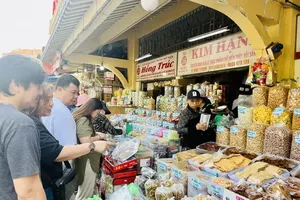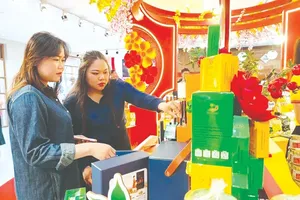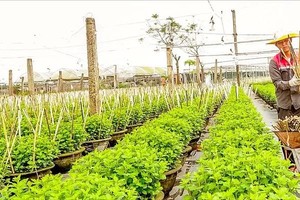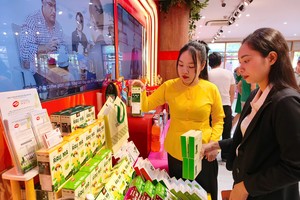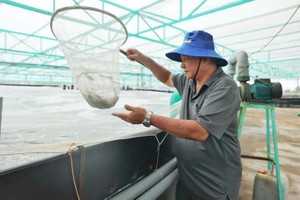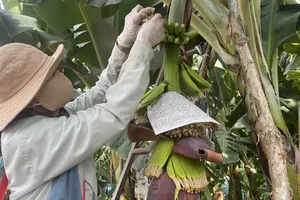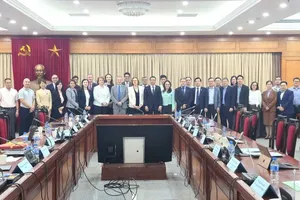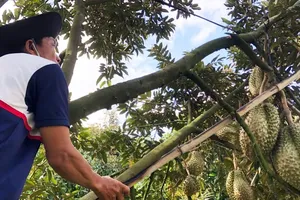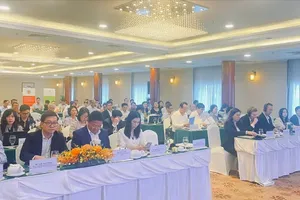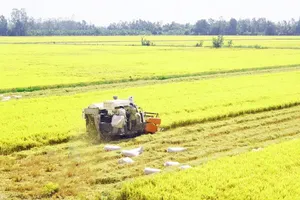This meeting was convened in response to US President Donald Trump's recent announcement of new reciprocal tariff policies, which could impose tariffs as high as 46 percent on goods imported from Vietnam.
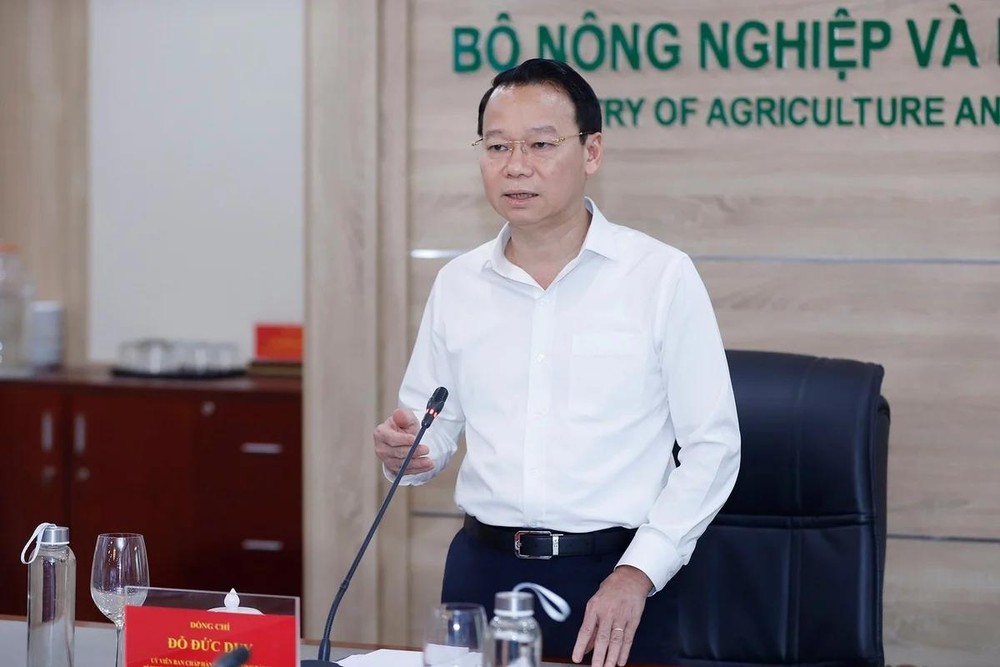
Minister Do Duc Duy emphasized that Vietnam's primary objective remains to negotiate a reduction in the tariff to a reasonable level. However, in the worst-case scenario, where the US maintains the high tariff rates without delay, industries and businesses must proactively adjust their strategies. The urgent solution proposed was to leverage the remaining time to accelerate shipments before April 9, the anticipated date for the new tariff policy to come into effect. The Ministry also committed to providing support in terms of logistics and customs procedures to ensure businesses meet their export deadlines.
According to Mr. Ngo Hong Phong, Director of the National Authority for Agro-Forestry-Fishery Quality, Processing and Market Development, in Q1 2025, Vietnam’s agricultural, forestry, and fishery exports to the US reached $3.21 billion, marking a 14.9-percent increase, while imports from the US totaled $914 million, a 7.1-percent rise compared to the same period last year. Key exports include wood, cashew nuts, black pepper, seafood, coffee, and vegetables and fruits. If an average tariff rate of 10 percent or higher is imposed, it could significantly impact the bilateral trade balance, potentially slowing the growth of the entire agricultural sector.
The 46-percent reciprocal tariff is an average figure and will vary based on specific products. As such, it is critical to quickly analyze the detailed tariff schedule to assess its impact and devise tailored strategies for each sector. In the short term, businesses are encouraged to renegotiate export contracts to share the financial burden should tariffs rise unexpectedly.
Looking ahead, the Ministry of Agriculture and Environment stresses the importance of strict control over the origin of goods to avoid accusations of trade fraud, particularly involving products from China. Additionally, there is a strong push to enhance strategies targeting markets with free trade agreements with Vietnam, such as China, Europe, and Japan—regions offering more stable tariff advantages and significant growth potential.
